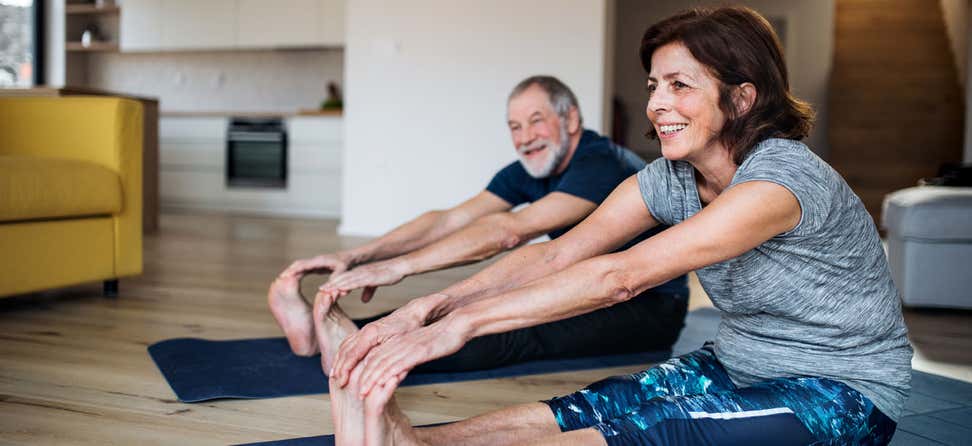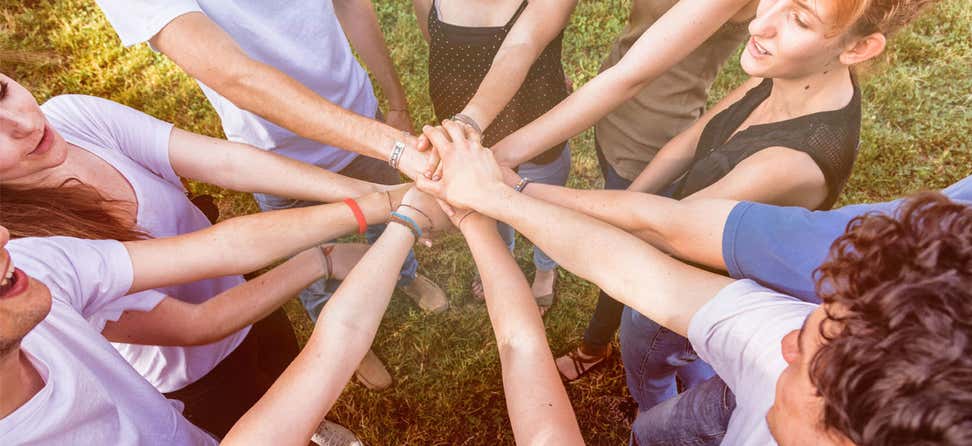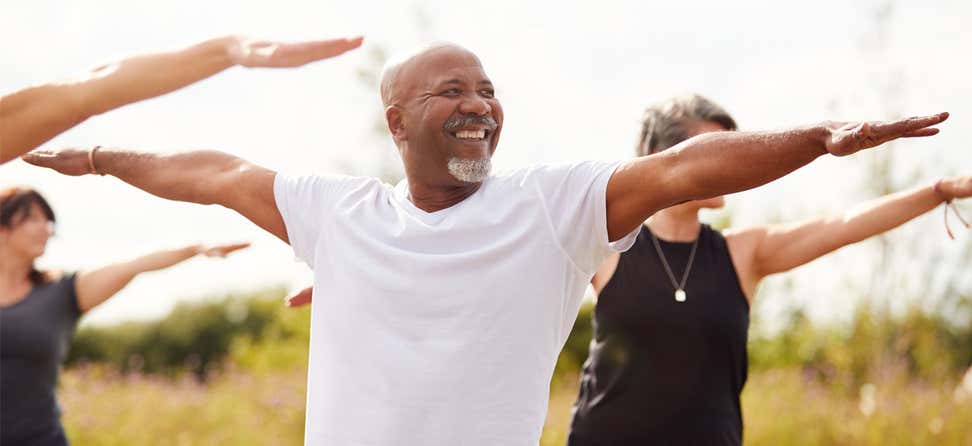Key Takeaways
The 2015 Falls Free® National Action Plan is a blueprint to reduce the growing number of falls and fall-related injuries among older adults.
This updated plan builds on the original Falls Free® National Action Plan, released in 2005.
The action plan is a product of recommendations and strategies collected during the Falls Prevention Summit, a White House Conference on Aging event.
Purpose
The updated National Falls Prevention Action Plan provides the framework for action for falls prevention across the nation. The Plan envisions older adults experiencing fewer falls and fall-related injuries, maximizing their independence and quality of life. The purpose of the National Falls Prevention Action Plan is to implement specific strategies and action steps to affect sustained initiatives that reduce falls among older adults. Further, the 2015 National Falls Prevention Action Plan is intended to help accomplish the falls prevention-specific Healthy People 2020 objective to reduce the rate of emergency department visits due to falls among older adults by 10%.
Goals, Strategies and Action Steps
The updated Plan includes 12 broad goals, 40 strategies and over 240 action steps focusing on increasing physical mobility, improving medication management, enhancing home and environmental safety, increasing public awareness and education, and funding and expansion of falls risk screening, assessment, and interventions to prevent falls. The Plan leverages the past 10 years of advancement in falls prevention, addresses gaps, and integrates new opportunities, such as those resulting from the Patient Protection and Affordable Care Act.
Audience
NCOA’s National Falls Prevention Resource Center is leading the effort to disseminate the 2015 National Falls Prevention Action Plan to an array of stakeholders from the public and private sectors with an interest in healthy aging and the capacity to implement action steps outlined in the plan. Similar to those invited to the Summit, implementation partners include professionals in the health care and aging fields, federal and state agencies, professional associations, consumer and caregiver organizations, state and local falls prevention coalitions corporations, and foundations.









